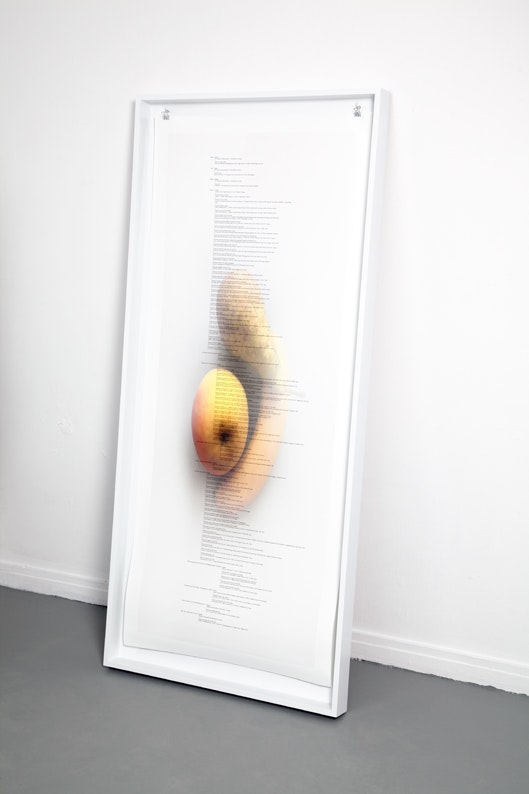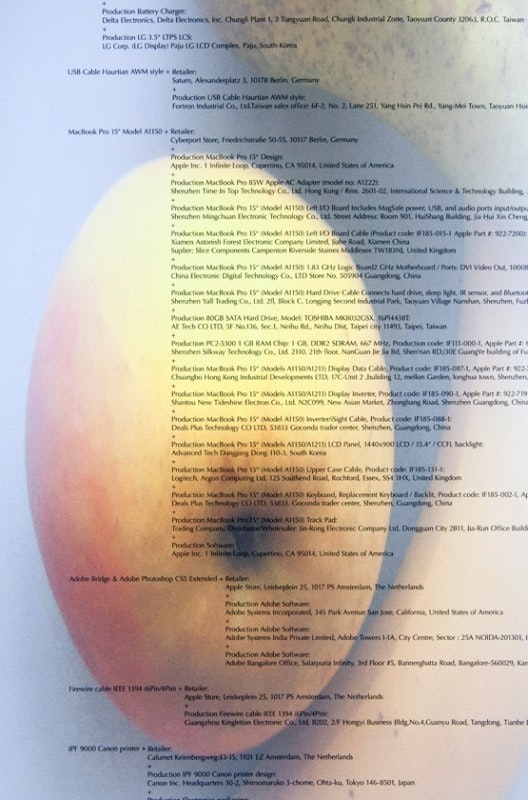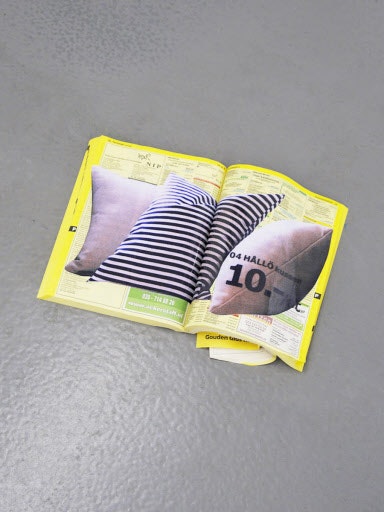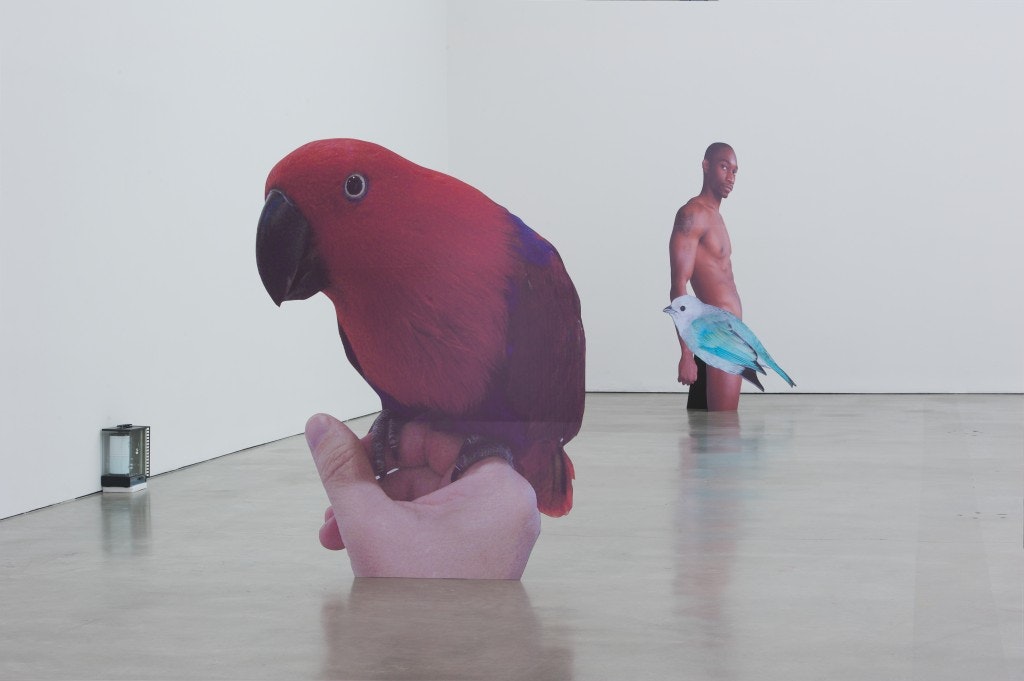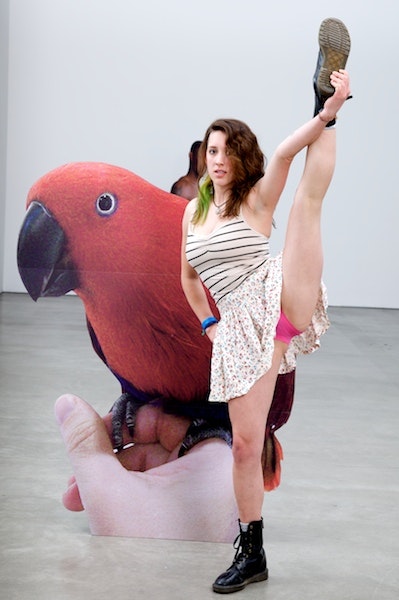Most of the images that are part of the social platforms, apps and websites we use daily could be identified as photographs. As such, the photograph has become the most prominent image category online. At the same time, the definition of what a photograph is has become blurrier than ever, as its digital format exposes it to computational processes and tools that expand its properties. This malleability creates an unprecedented fluidity, or a capacity to combine different image formats, to alter images, and to export them in all kinds of different presentational formats. From a medium-specific, technical point of view, it is this potential that makes digital photography different from its analogue predecessor. What we perceive as photographs today are hybrids that point to an outside world registered by an optical lens, as well as the technologies employed to visualize this world, ranging from Instagram filters, Photoshop brushes, 360 degree panoramas, iPhone screens, projections, prints that have been turned into sculptures and so on. Photographs today are thus products whose digital data has mingled with all kinds of applications and whose modes of display abound in a myriad of ways. When we look at a photograph, we look at an amalgam of light that has become data, data that has been layered with code, code that has been transformed by software, an image that has been visualized and formatted on (touch) screens and that may or may not be printed on any number of physical materials.
